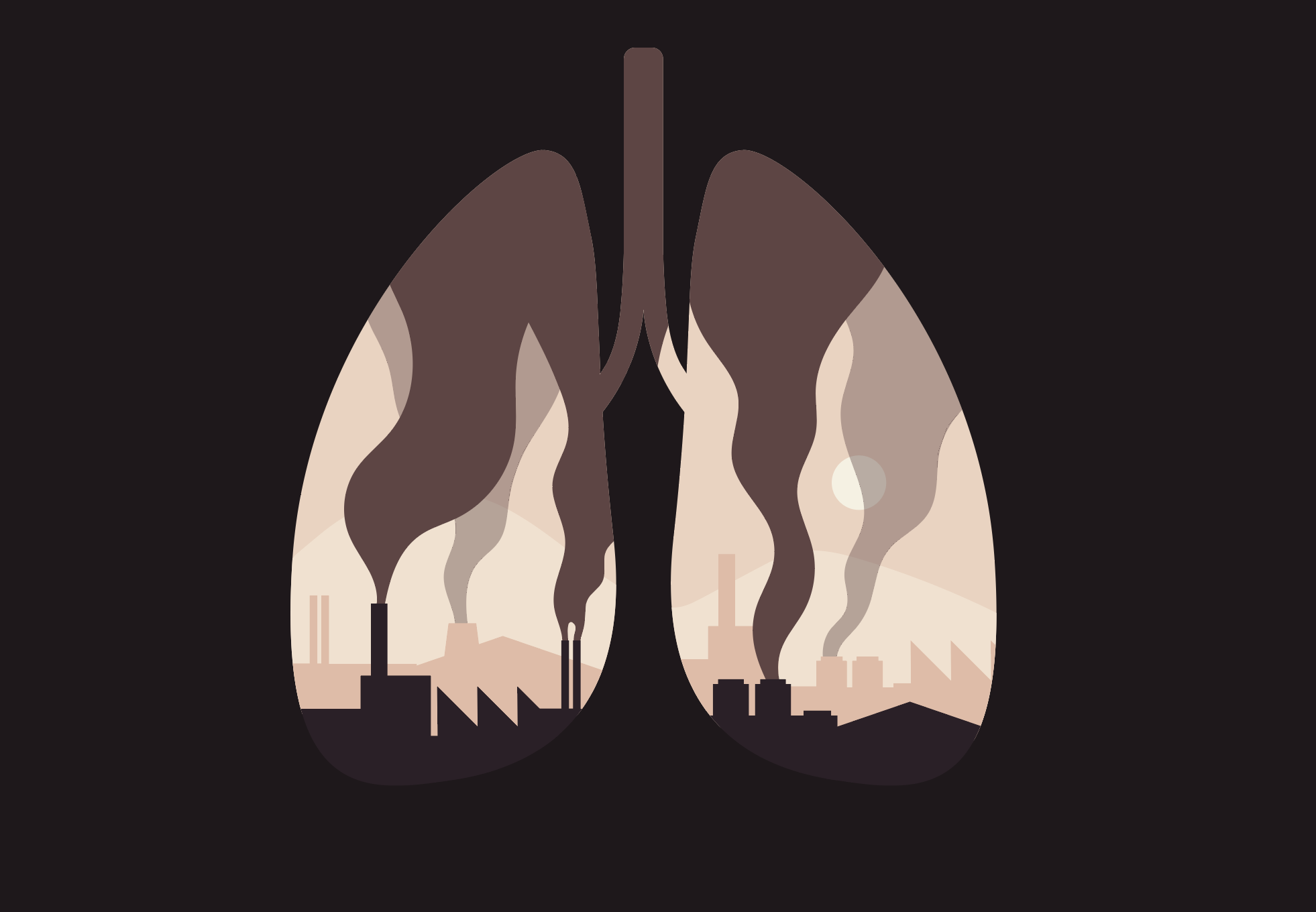AESA PROGRAMMES
- Building R&D Infrastructure
- Developing Excellence in Leadership, Training and Science in Africa (DELTAS Africa)
- Human Heredity and Health in Africa (H3Africa)
- Africa’s Scientific Priorities (ASP)
- Innovation & Entrepreneurship
- Grand Challenges Africa
- Grand Challenges Innovation Network
- Rising Research Leaders/Post-Docs
- AESA RISE Postdoctoral Fellowship Programme
- African Postdoctoral Training Initiative (APTI)
- Climate Impact Research Capacity and Leadership Enhancement (CIRCLE)
- Climate Research for Development (CR4D)
- Future Leaders – African Independent Research (FLAIR)
- Critical Gaps In Science
- Clinical Trials Community (CTC)
- Community & Public Engagement
- Mobility Schemes: Africa-India Mobility Fund
- Mobility Schemes: Science and Language Mobility Scheme Africa
- Research Management Programme in Africa (ReMPro Africa)
- Science Communication/Africa Science Desk (ASD)
- Financial Governance: Global Grant Community (GGC)
- AAS Open Research
- CARI Programmes
- Evidence Leaders Africa (ELA)

News
Adaptation to aeroallergens and allergic diseases in Nigeria

165
Adaptation to aeroallergens and allergic diseases in Nigeria
By Dimphna Ezikanyi, a Nigerian botanist
Summary
Dimphna Ezikanyi is a Nigerian botanist and Alliance for Accelerating Excellence in Science in Africa (AESA) grantee under the Climate Research for Development in Africa (CR4D) programme. Her research discovered that allergic diseases such as asthma and conjunctivitis are increasing in parallel with climate variability. She has discovered a potential treatment method using two bioactive plant products that have antiallergenic potential.
Spatial distribution of aeroallergens in Nigeria
Climate change is a serious threat worldwide; Africa, with weak adaptive capacity, is among the most vulnerable continents. Surface temperatures have generally increased by about 1oC in Africa since the late 19th century. Variations in climate differ regionally and locally, with great effect on each ecosystem.
Climate variability and change can lead to an increase in allergen contents, and therefore its potency, including an increase in production of spores by fungi and an increase in flowering periods of allergenic plants. These factors increase exposure risk to aeroallergens which are microscopic and always present in the air, triggering asthma, conjunctivitis, rhinitis combined with conjunctivitis dermatitis/eczema, hay fever/rhinitis, etc. The recent increase in and burden of allergic diseases, especially asthma, coupled with troublesome side effects of synthetic drugs on asthmatic patients, motivated this study of aeroallergens with the hope of discovering safe plant bioproducts with antiallergenic effects.
While aeroallergens are ubiquitous, their effects are influenced by weather variability and season. In the arid region Sokoto,asthma-triggering allergenic spores of fungi were highest in the late rainy season, followed by an influx of dust particles in the harmattan period, also with the persistent presence of aeroallergens. The riskiest period for asthmatic peoples and other hypersensitive individuals is from the late rainy season to the harmattan period. Higher temperatures in arid regions also lead to earlier flowering and exposure to pollen than in coastal and equatorial regions; the latter regions, with greater rainfall, results in greater growth and sporulation of fungi and exposure to airborne spores.
Airborne pollen is abundant in Nigeria during the harmattan period, with variations in types and abundance across regions, also influenced by the Northeast trade wind throughout the country. Across all regions, major aeroallergens include Poaceae (grasses), Pentaclethra macrophylla, Alchornea cordiforlia, Curvularia, Alternaria, Nigrospora, fern spore and diatom.
Climate variability, aeroallergens and allergy
All climate regions of Nigeria have experienced high weather variability for the past thirty years. In arid Sokoto State, the temperature has gradually increased in this period, with rainfall rising and falling within a narrow range. The wind, which is the major aeroallergen carrier, changes direction, leading to the introduction of and expansion in the range of aeroallergen spatial distribution. In equatorial and coastal regions, rainfall has increased continuously, with offseason rains and an expanding rainfall season in the last decade, predisposing hypersensitive individuals to airborne fungal spores.
Allergic diseases such as asthma and conjunctivitis are increasing in parallel with climate variability.Data obtained from the Southwest coast (Lagos) shows a greater rate of allergic diseases in the last five years compared to previous years. This prevalence correlated with the prevalence of aeroallergens in the atmosphere. In equatorial Nigeria (Enugu), clinical data do not reveal the occurrence of allergic diseases because of a paucity of clinical data in hospitals there, and perhaps over-reliance on over-the-counter drugs from pharmacies and medicine shops.
Adaptation to aeroallergens and allergic diseases
To contribute to the Sustainable Development Goal on good health and wellbeing, we generated an aeroallergen calendar reflecting risk periods across climate regions, this information is essential for prophylactic avoidance strategy. We have discovered two bioactive plant products with great antiallergenic potential, currently undergoing drug formulation and validation. Additional discoveries by our team, of allergenic trees and spores, have the potential to contribute to environmental, climate and sanitation policy on discontinuous use of some plants such as Alchornea cordiforlia, Pentaclethra macrophylla etc in tree planting to mitigate the effects of aeroallergens in Nigeria.
About Dimphna Ezikanyi
Dr Dimphna Ezikanyi is a Lecturer in the Department of Applied Biology at Ebonyi State University in Abakaliki, Nigeria. Her background is in Botany, specialising in Aeropalynology/Allergy. She is a grantee of Climate Research for Development in Africa (CR4D), funded by the UK Foreign, Commonwealth & Development Office (FCDO, formerly DFID),the Weather and Climate Information Services for Africa (WISER) programme and the Africa Climate Policy Centre (ACPC) of the United Nations Economic Commission for Africa (UNECA) under the auspices of the African Academy of Sciences.